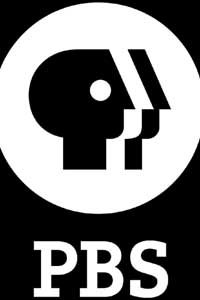- In its quest for audiences large enough to attract financial support, to what extent has public broadcasting had to abandon its historic mission of serving “the underserved,” specifically children and minorities?
- Do new technologies afford public broadcasting an opportunity to return to its original broadcast mission?
- What workable alternatives are there to the current financial structures of public broadcasting?
- Why is there such a lack of local programming on so many public broadcasting stations, and what will it take to increase such programming?
- What can public television learn from public and other forms of radio?
- How can PBS successfully counter its declining audience ratings?
- How crucial is children’s programming to the mission of PBS, and likewise, how crucial is PBS to the continuation of quality programming for children?
- Is PBS in danger of losing its most successful programs to commercial competitors?
Cultural Policy Center looks at public TV’s challenges
By Peter SchulerNews Office
 | |
As it enters its 36th year, public television, a widely respected and controversial American cultural, educational and journalistic public institution, is at a crossroads. “The Future of Public Television,” a conference organized by the Cultural Policy Center at the Harris Graduate School of Public Policy Studies, will highlight the opportunities and obstacles currently facing public broadcasting.
“With the development of new communications technologies and the growing pool of competing programming outlets, as well as its ever-contested reliance on everything from pledge nights to public financing, public broadcasting finds itself faced with a series of extremely challenging questions,” said Carroll Joynes, Executive Director of the Cultural Policy Center.
The event will be held Thursday, Dec. 2, and Friday, Dec. 3, at the Museum of Contemporary Art, 220 E. Chicago Ave., and will feature Pat Mitchell, president and chief executive officer of the Public Broadcasting System; Ken Auletta, author and media critic for The New Yorker magazine; and Newton Minow, former chairman of the Federal Communications Commission, among other national figures in broadcast and communications. Veteran broadcast journalist John Callaway will moderate this event.
A range of keynote addresses, panel discussions and audience participation sessions will address questions, including:
“This conference comes at a pivotal time for PBS,” said Joynes, “and given the participants in this conversation, the outcome will inevitably have a major impact on future communications policy-making.”
Prominent executives and producers from Chicago-based and national media outlets, as well as leading scholars in the field of communications, will join Mitchell, Auletta and Minow in the two-day conference discussions.
![[Chronicle]](/images/sidebar_header_oct06.gif)